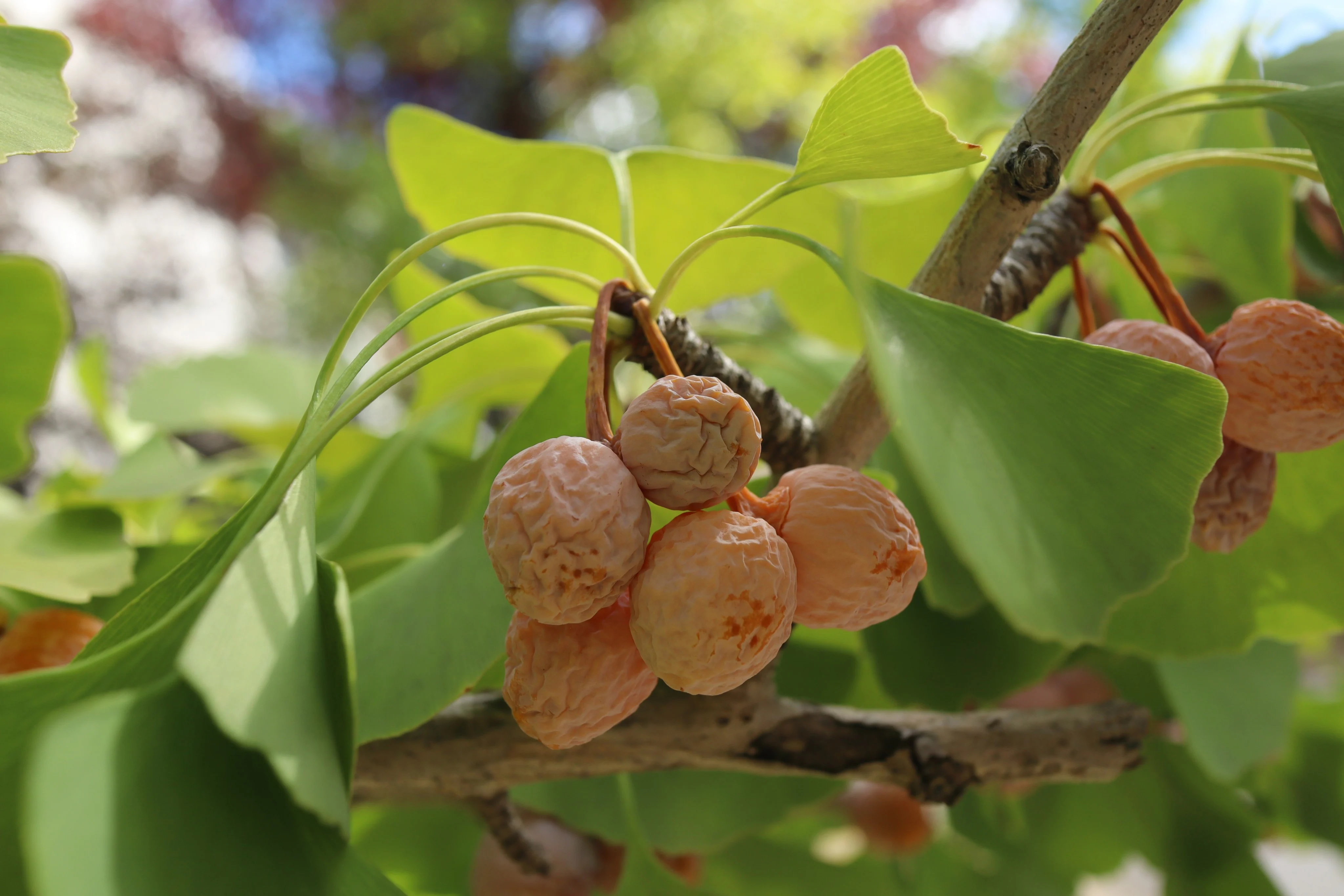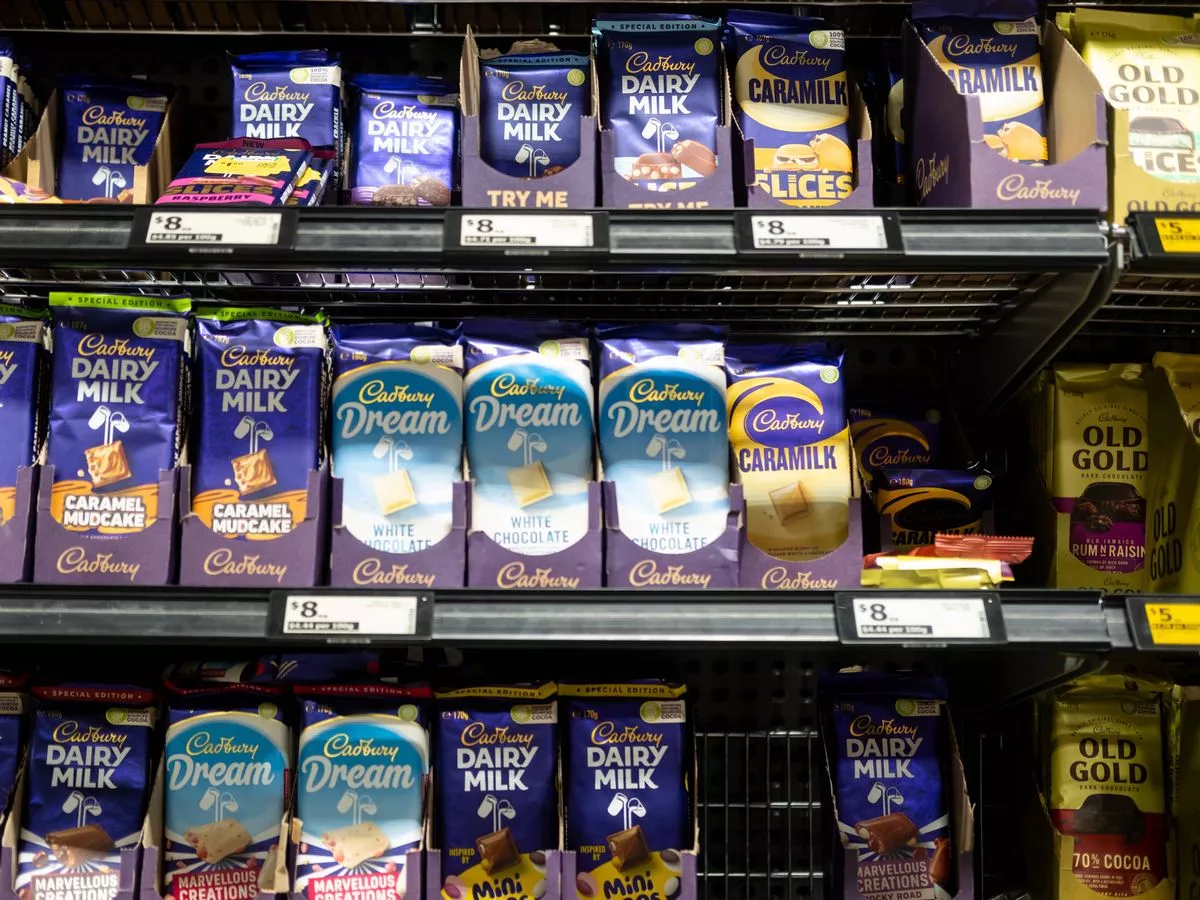By Susan Jung
Copyright scmp

Ginkgo is so often misspelt as gingko (including by me) that the Oxford English Dictionary now accepts the spelling variation.
According to the Oxford Companion to Food, “Ginkgo biloba is the sole survivor of a group of primitive trees.” A living fossil, the trees you find now are almost the same as the fossilised specimens that date back to the Jurassic era.
The ginkgo “nut” is actually the kernel of the ginkgo fruit, which has a lingering, extremely pungent and disgusting odour often compared with that of dog excrement or rotting flesh.
When sold in markets, the kernels, with their thin, brittle shells, have been cleaned of the smelly, pulpy exterior, which can irritate the skin.
As delicious as they are, you should not eat too many ginkgo nuts, nor should you consume them raw. According to the Hong Kong Centre for Food Safety, ginkgo contains a number of plant toxins, including cyanogenic glycosides and 4-methoxypyridine (4’MPN).
“Ginkgo seeds have dangerous poisoning effects due to the presence of toxins that are mainly neurotoxic,” the centre says. “Children are especially susceptible to this type of food poisoning.
“In severe cases, where large amounts have been taken or in susceptible individuals, loss of consciousness and deaths may occur. Unripe and uncooked seeds are reported to be more toxic.”
The centre explains that while 4’MPN is a heat-stable substance, which cannot be inactivated by cooking, heating ginkgo seeds may reduce the general toxicity “by inactivating other toxins in the seed that are heat-labile, such as cyanogenic glycosides in the presence of water”.
So why would anyone eat them? Simply put, because they are delicious, with a slightly chewy, waxy texture and a flavour reminiscent of chestnuts. I especially like them salt-roasted.
Put the cleaned kernels in a skillet and mix them with a good quantity of coarse salt. Place the covered skillet over a medium flame and cook them, shaking the pan frequently, until the nuts are roasted: the shells will crack open to reveal the flesh, which turns a pretty shade of green. Peel off the shell and papery skin before eating the flesh of the kernel.
Shelled ginkgo is sometimes added to Chinese tong sui (sweet soup): it can be simmered with dried bean curd sheets, barley and slab sugar or cooked with dried longan and snow fungus.
Ginkgo biloba supplements – extracted from the leaves – are used in alternative medicine. They are said to improve the memory, be an antioxidant, alleviate dementia and help with circulatory problems.
This content was first published in Post Magazine in 2014 and 2017.



